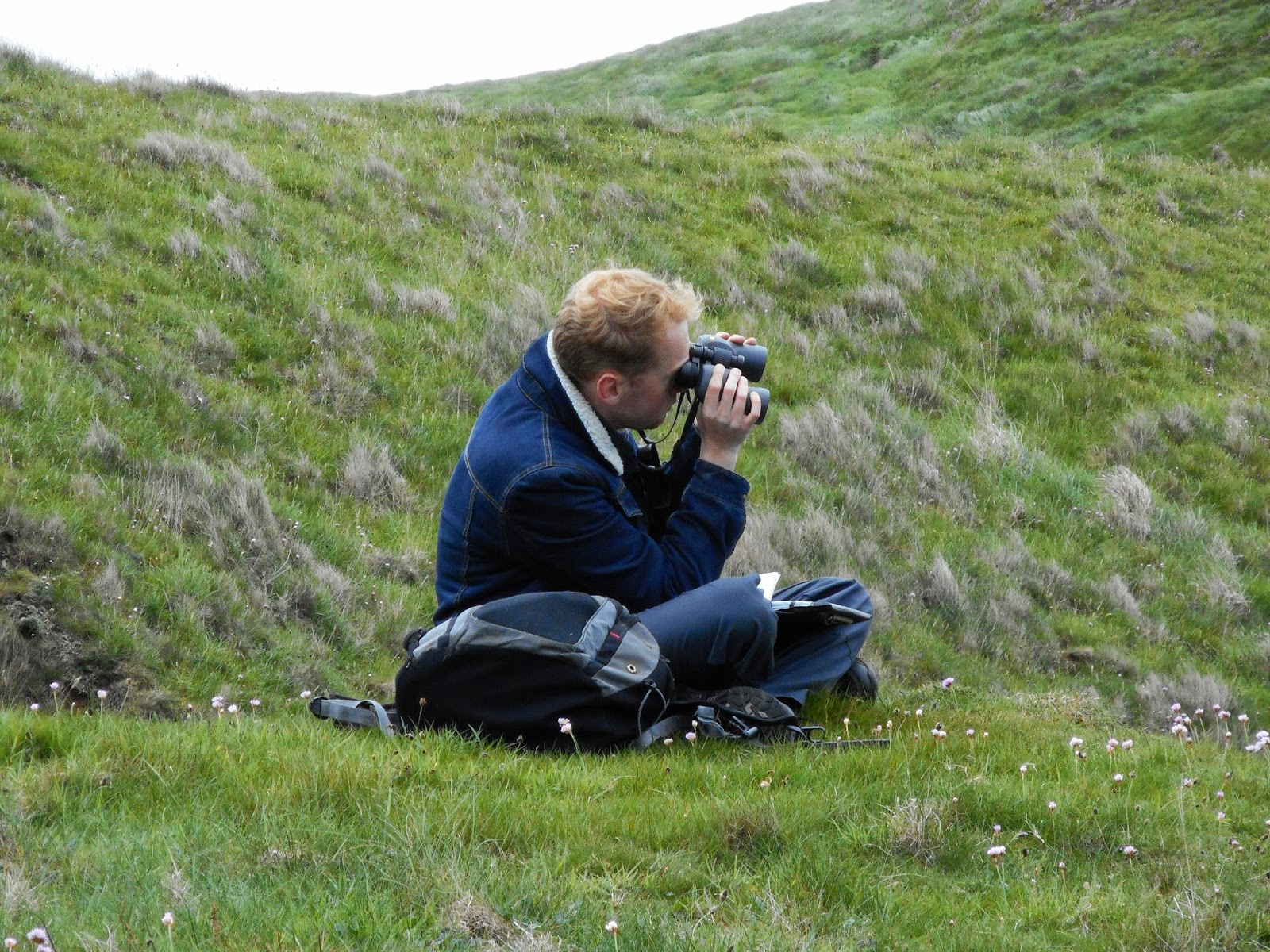
Most people who visit St Abb’s Head will know that we have
an extensive area of Gorse. In May/June, and to a lesser extent in late autumn,
it’s at its most spectacular. The headland transforms into a vibrant yellow
forest. Walking the paths around the Mire Loch you are hit with the sweet
coconut scent of the blooms. As well as being visually spectacular it can also support
a wide range of species, providing excellent ground cover for many mammals and
birds.
So why remove Gorse…
Gorse is a strong plant and a prolific invader. If left unchecked
it can quickly form a monoculture and take over large areas of open grassland.
More sensitive species such as grasses and wildflowers find it impossible to
grow as the Gorse forms a dense layer of needles and masks out the light. During the summer our grasslands are abundant with wildflowers including Thrift, Wild Thyme, Common Rock-rose and rarer species such as Purple Milk-vetch and Spring Sandwort. This carpet of colour in turn provides food plants and nectar for a range of interesting butterflies and moths.
Our aim is not to remove Gorse completely but to prevent the plant from invading our Grasslands.
How do we remove
Gorse…
Gorse can be removed relatively easily using a number of
techniques. Our chosen method is to cut the Gorse at ground level, using
loppers and bow saws, and to then treat the cut stumps with an approved
herbicide. This method has the least impact on surrounding vegetation or on any
archaeological features. We only carry out Gorse removal outside of the bird
breeding season to avoid disturbing nests.The photos below show before and after a busy morning of Gorse clearing. Thanks to our hard working volunteers... Cheers guys.
JI

















